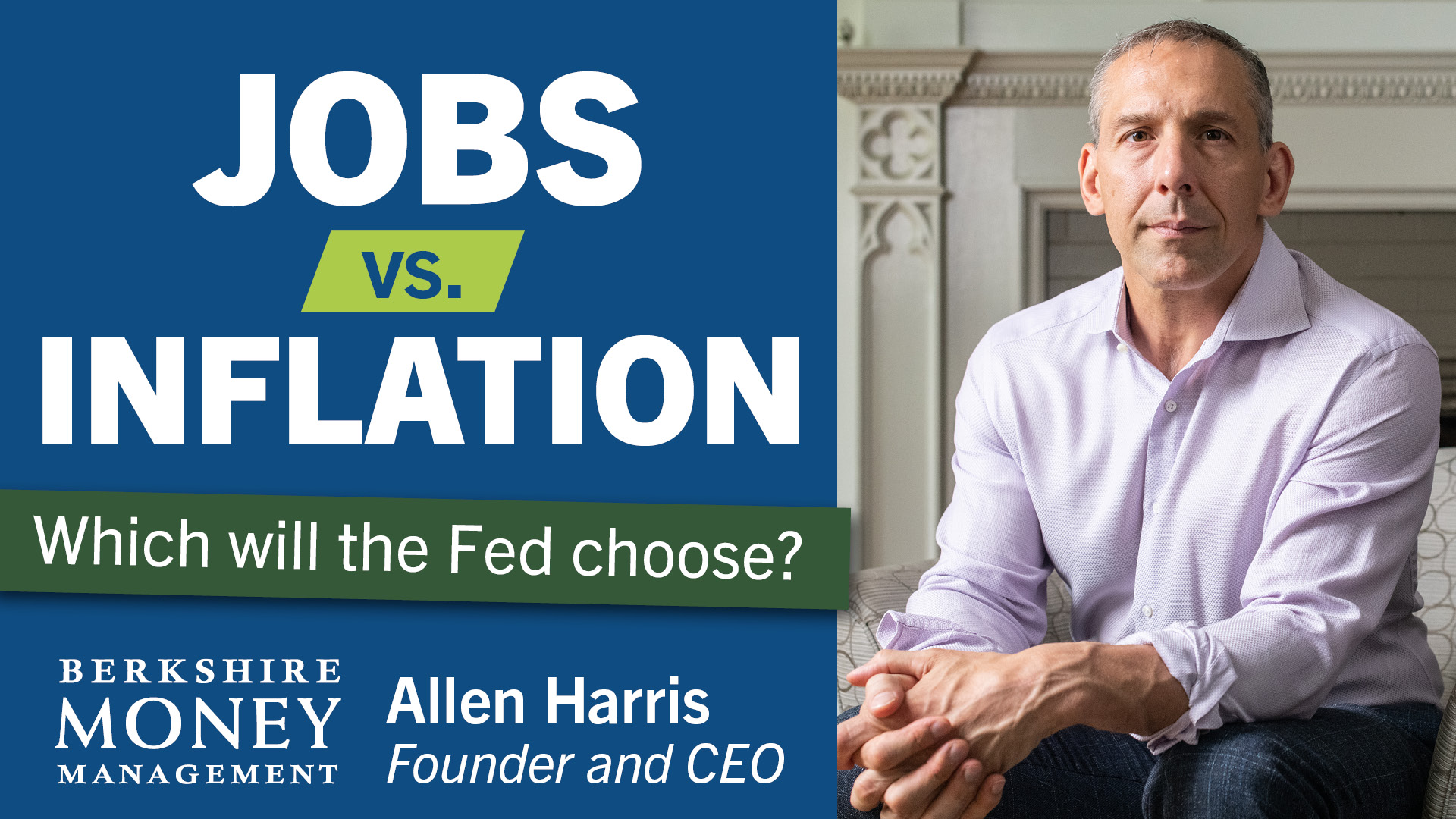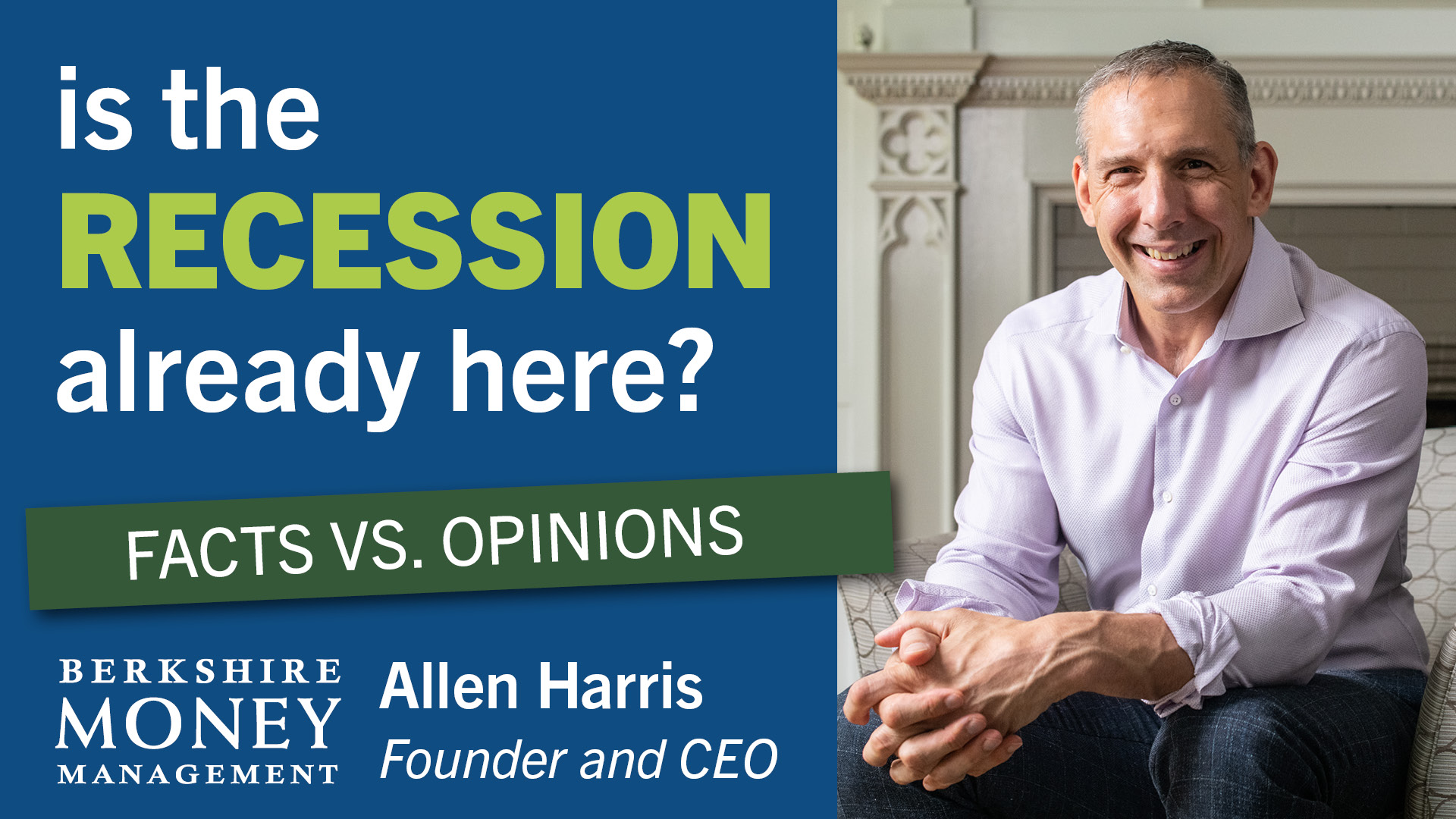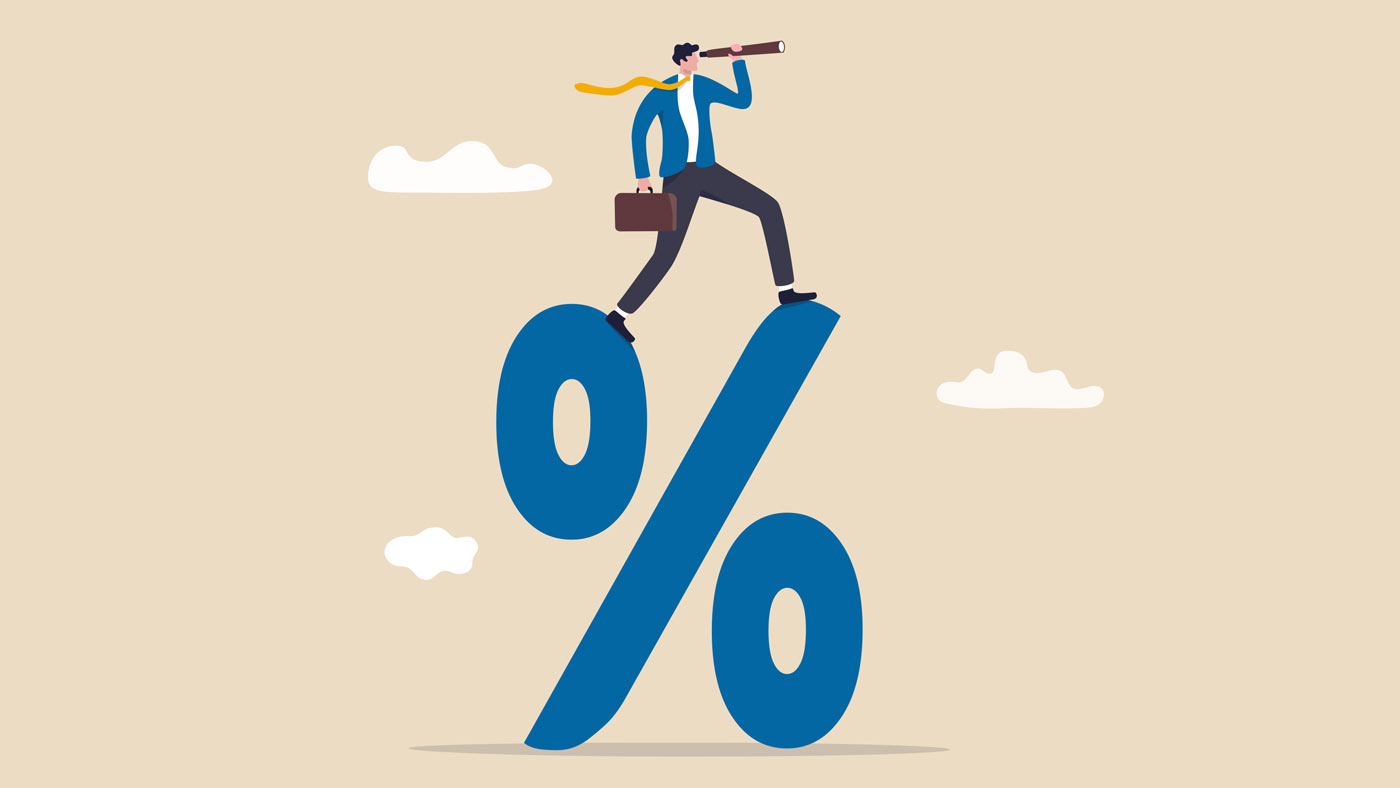Can the Federal Reserve engineer a soft landing?

Can we talk about how crazy the first quarter of 2022 was? From Volodymyr Zelensky to Will Smith. The so-called “Don’t say gay” bill and the woefully mislabeled “Billionaires’ tax.” From the vetting of Ketanji Brown Jackson to the Olympics (well, maybe not the Olympics), the world was buzzing about serious news and outright nutso news.
Perhaps that’s why many people didn’t realize that the S&P 500 fell more than 10% from a closing high during that quarter. Later, the index traded 10% higher than its intra-quarter closing low. But it did. Since World War II, there have only been 11 other quarters when that has happened. You may be relieved to know that the S&P 500 was higher 10 of those 11 times one quarter later. One year later, it was higher all 11 times. History doesn’t always repeat, but it bodes well and is suggestive that the lows are in for 2022.
That doesn’t mean those lows can’t be revisited, but it’s a comfortable potential line drawn in the sand. However, let’s keep in mind that the Fed wants to crush inflation, which may wash away any drawn lines.
Per the Consumer Price Index, the inflation rate is about 8%. Half of that is due to supply constraints, including the Russian invasion causing energy prices to spike from already-high levels. The Fed can’t do anything about the supply side of inflation. When inflation becomes a problem, it often starts because wage increases cause a larger amount of cash to chase the available goods and services. The Fed wants to stall the economy before wage pressure hits the economy. And the best way to do that is to cause a recession, which stops businesses from hiring. A recession isn’t all that good for the stock market. Or jobs. Or anything other than making sure inflation doesn’t get out of control.
If the Fed can engineer a so-called soft-landing, then it seems that there are some great opportunities ahead in the stock market. A soft landing occurs when the Fed curbs the economy just enough to successfully combat inflation but doesn’t trigger a recession. Can the Fed do this? Well, it did in 1994-1995 under then-Fed Chair Alan Greenspan. Some argue that 2001 was a soft landing, but it didn’t feel that way to me when the stock market was getting cut in half. So, no. I don’t think the Fed can engineer a soft landing. The Fed’s only hope (and, by proxy, the only hope for the stock market) is that it gets bailed out by an improved supply chain.
Seemingly every new assessment of when the supply chain will get back on track seems to get pushed off for months. I haven’t been as Pollyanna-ish as many, but I suspect I’ll still be wrong. On November 22, 2021, I wrote:
“Let’s be optimistic and suggest that the pandemic will mostly be behind us by March 2022. Add another quarter to the timeline for the rest of the globe to catch up; that gets us to June 2022. Supply chains will need a couple of additional months to de-scramble, which brings us to August 2022.”
The good news is that COVID-19 is transitioning from a pandemic to an endemic phase in the U.S. It seems my timeline would have worked out if only we didn’t get sidelined by some new significant issues. But when information changes, I need to change my mind.
Russia’s attack on Ukraine shut down supplies like concrete, energy, semiconductor-grade neon, wheat, and raw materials. Also, although COVID-19-related supply issues are loosening in the U.S., China’s “zero-COVID” policy has had a significant effect on the supply chain. In response to relatively minimal infections, China has shut down some of its major cities, cities that serve as technology and manufacturing hubs.
My previous prediction of the supply chain easing by August 2022 gets pushed out by, I don’t know, six months, maybe? I thought I was being realistic when I put a date on it that was way further out than many other estimates. I don’t know how to realistically assess the duration of war or China’s COVID protocols.
Without improvement in the supply chain, the Fed will have to do a lot of heavy lifting to get inflation from 8% to 4%. And by “heavy lifting,” I mean they’ll have to slow the economy significantly.
After a rough quarter for the stock market, I am invested as if the U.S. economy will not recess in 2022. However, it’s hard to believe that there isn’t at least a 50/50 recessionary risk for 2023. I’d never say that it would be impossible to get through 2024 without one. After all, there’s a ton of money in the household, corporate, and government coffers which could spur growth. However, I’ve heard people smarter than me say that it’s impossible.
The American Dream is Expensive
For many, the American Dream is owning your own home. House prices have increased by 19.2% year-over-year, according to January 2022 data from the S&P CoreLogic Case-Shiller U.S. National Home Price Index. The cost of financing those houses has increased more than 50% in less than four months, according to Bankrate.
Due to those higher costs, National Association of Realtors senior economist Nadia Evangelou estimates that 1.9 million first-time homebuyers will be prevented from getting a share of the American Dream this year.
As you might imagine then, homebuilder stocks have been behaving poorly. Fortunately, I eliminated them from portfolios earlier this year. However, the long-term fundamentals that first attracted me to the industry remain in place. I am not a trader, but they’ve fallen so much that they look interesting again. But not today. Not for me anyhow.
Recently I heard someone advise, “never short a new high, never buy a new low.” Homebuilders may not have hit a new-new low, but it’s a 52-week low, so I’ll stay away for now. It’s more important that I make a “safe” buy than a daring trade.
Allen Harris is the owner of Berkshire Money Management in Dalton, Massachusetts, managing investments of more than $700 million. Unless specifically identified as original research or data-gathering, some or all of the data cited is attributable to third-party sources. Unless stated otherwise, any mention of specific securities or investments is for illustrative purposes only. Adviser’s clients may or may not hold the securities discussed in their portfolios. Adviser makes no representations that any of the securities discussed have been or will be profitable. Full disclosures. Direct inquiries: [email protected].
This article first appeared in the Berkshire Edge on April 11, 2022.
Allen is the CEO and Chief Investment Officer at Berkshire Money Management and the author of Don’t Run Out of Money in Retirement: How to Increase Income, Reduce Taxes, and Keep More of What is Yours. Over the years, he has helped hundreds of families achieve their “why” in good times and bad.
As a Certified Exit Planning Advisor, Certified Value Builder, Certified Value Growth Advisor, and Certified Business Valuation Specialist, Allen guides business owners through the process of growing and selling or transferring their established companies. Allen writes about business strategy in the Berkshire Eagle and at 10001hours.com.





